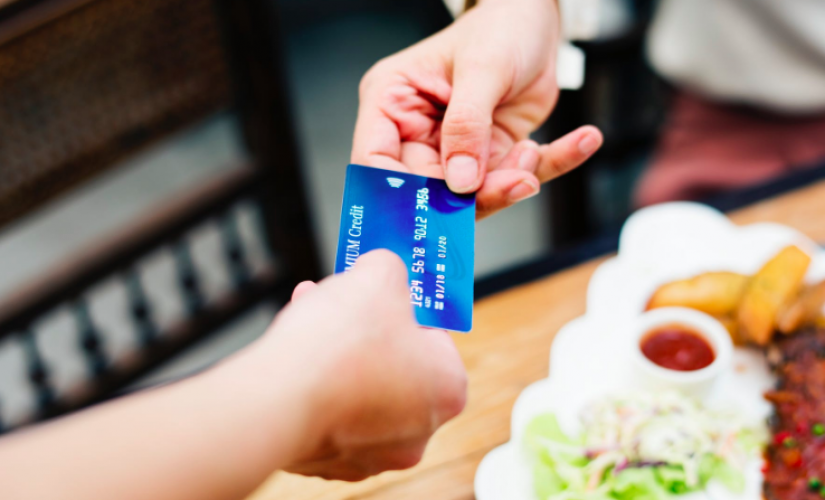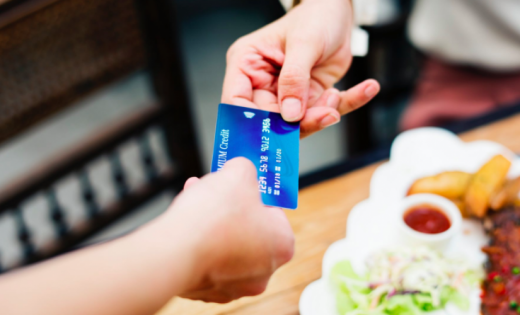How to Turn Your Buyers Into Brand Believers
How to Turn Your Buyers Into Brand Believers

Buyers always have the last say. Even when faced with limited choices, many would rather opt out than choose a brand they distrust.
To successfully break through barriers of consumer hesitation and skepticism to achieve customer loyalty, companies must incorporate true value into their product and service offerings. Otherwise, shoppers won’t show an ounce of genuine loyalty.
The Value of Loyalty
Big value doesn’t mean bargain prices. Actually, the more value you offer customers, the more money they might be willing to spend on your products and services. Plenty of relatively expensive or high-end brands have raving fans who could easily save dollars on competing items. However, these fans feel connected to their preferred companies and vote with their wallets. Rosetta Consulting statistics indicate that steadfast shoppers are five times more likely to buy from favored brands compared to less engaged buyers. Plus, they shell out 60 percent more each time they make a purchase.
Businesses get not just a financial lift, but also a marketing boost, when they achieve this type of emotional response. It transcends a detached purchasing arrangement. According to a national survey from commerce marketing cloud Yotpo, more than half of brand believers will join loyalty programs. Sixty percent will talk positively about their favorite companies. In other words, they become an extension of the sales team and smooth the way for future transactions.
Make no mistake: These aren’t directly compensated advocates, a la social media influencers or paid-to-promote celebs. Yet they demand a high degree of value as compensation for their ongoing zeal.
If your company could use a boost from superfans, take these steps to give customers a reason to cheer.
1. Mirror target customers’ beliefs.
Buyers respond more reliably and earnestly when they feel a brand aligns with their beliefs. Take the beauty industry, for example. Emily Weiss, founder of Glossier and one of Fortune’s 40 Under 40, used her experience in fashion and wellness to create a line of products focused on minimalism and natural beauty rather than glam. Despite early naysayers, she forged ahead with her plan to prove that beauty is a “conduit for connection.” She built a business now worth nearly $ 400 million.
Writer Victoria Sands explains why companies like Glossier drive intense fanaticism and feverish loyalty: “These brands identify as a safe port in an otherwise unfriendly storm of consumerism.” Likewise, your company’s messaging and purpose must echo the values of your top buyers before you can count on blind promotion.
2. Give the above-and-beyond value you hope to get.
When you make a sale, you shouldn’t simply swap a product or service for currency. Instead, the exchange should always include a balanced value trade. Your customers are giving you the value of their disposable income and (hopefully) voices of approval, and you’re giving them value unique to your brand.
How do you know if this value interchange is happening? Shelley Washburn, president of GSM, an automotive marketing company, likes to provide supporters with a reason to stand behind her brand. “Businesses need to be sure to give things to their casual supporters — whether it’s content, consultation, or to listen to what their needs are — in order to expect casual supporters to turn into brand ambassadors,” she says. For example, GSM recognizes its clients by promoting them on its blog, offering amplified exposure to those companies. Consider additional ways your brand can offer value, such as through educating your followers through content or contributing to charitable causes your customers support.
3. Mobilize advocates to action with perks.
Maybe you’ve noticed organic ambassadors popping up on social media. Rather than pat yourself on the back for generating brand-consumer kinship, go a step further and request a little link and word-of-mouth love. After all, video company One Productions estimates that traditional advertising leaves 33 percent of consumers unmoved, whereas Nielsen’s data has shown that 83 percent of buyers trust plugs that come from family and friends.
Rather than rely on luck, formalize a system that incentivizes and rewards loyalty. Looking for an example? Think about Harry’s pre-launch email address-gathering campaign. Using social media, razor brand Harry’s invited people to sign up for information. The more friends someone signed up, the more free stuff the advocate received. And the best part: Harry’s drove excitement and loyalty before its razors ever touched a dollop of shaving cream.
Sit down this week with team members to ask the tough questions: Does our brand offer value beyond the suggested retail price? If not, how can we improve our relationships with customers? Honest answers will help you figure out how to win the followers you need to achieve your most far-reaching goals.
The post How to Turn Your Buyers Into Brand Believers appeared first on ReadWrite.
(10)


